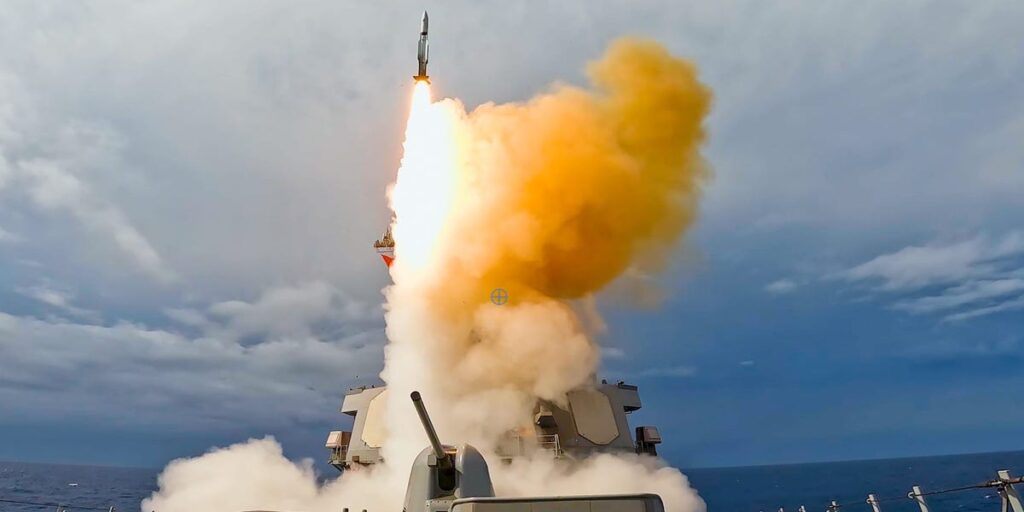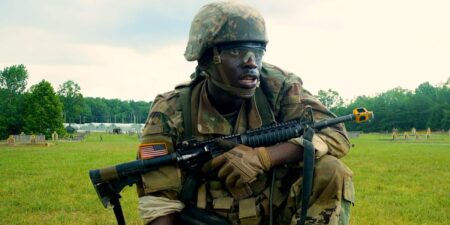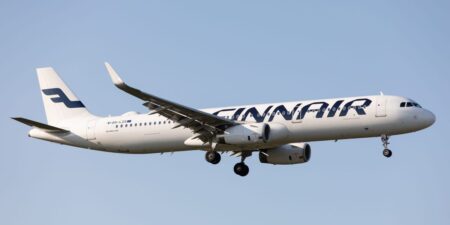The US Navy is figuring out how to rearm its warships at sea, a crucial logistics skill it could need in an intense missile fight that doesn’t immediately offer a respite to pull out and reload.
Off the coast of Australia last month, the American destroyer USS Higgins simulated rearming with an SM-2 missile at sea, officials said Saturday, characterizing the reloading capability as “essential” for sustained combat operations in the Indo-Pacific.
US warships have been working on reloading at sea, with this type of exercise becoming more important in recent years. In Navy operations around the Middle East over the past two years, hundreds of missiles have been expended for air defense against Iranian threats and those presented by the Tehran-backed Houthis in Yemen.
During these challenging fights, US warships occasionally had to leave the region to rearm.
US officials and analysts have cautioned that a conflict against China, which maintains a deep arsenal of capable ballistic and cruise missiles, in the Pacific would put a much greater strain on the Navy’s missile stockpiles than in the Middle East.
The threat of a potential conflict between the US and China makes it critical that the US Navy can reload on the fly at sea rather than force warships to return to a friendly port with the ability to provide rearmament, which takes more time and keeps them out of the fight for longer.
The July exercise is the latest in a string of vertical launching system reloads focused on rearming the missile tubes near Australia. US destroyers also practiced this tactic in September 2023 and September 2024.
In October 2024, the Navy achieved what it called a “breakthrough in combat readiness” by demonstrating the Transferrable Reload At-sea Method (or TRAM) on a warship in the ocean for the first time.
The reload process involved moving a missile canister from a support ship to a cruiser using cables, tilting the canister into an upright position, and then lowering it into one of the cruiser’s many VLS cells. Navy leadership said the service expects to field TRAM in a few years.
Chief Warrant Officer 3 Kevin Kodrin, the ordnance officer for the task force that led the July drill, said in a release that “this successful rearm event was the result of exceptional teamwork between the ship’s crew, shore support teams, and technical experts.”
“Exercises like this are critical to validating our ability to safely and effectively reload at sea, ensuring our ships remain combat-ready whenever and wherever needed,” he added.
USS Higgins operates under Task Force 70, the command responsible for forward-deployed surface assets in the Indo-Pacific region. The US 7th Fleet is the Navy’s largest forward-deployed fleet, with 50-70 ships and submarines at any given time.
“We are strengthening distributed logistics capabilities that enhance our collective operational readiness across the Indo-Pacific,” Rear Adm. Eric Anduze, the Task Force 70 commander, said of July’s reload simulation.
“This gives our warfighters a tremendous amount of agility to strike from sea, move, reload, reposition, and strike again,” he said. “It represents a lethal tactical advantage that helps us protect the safety and prosperity of the region.”
Read the full article here
















